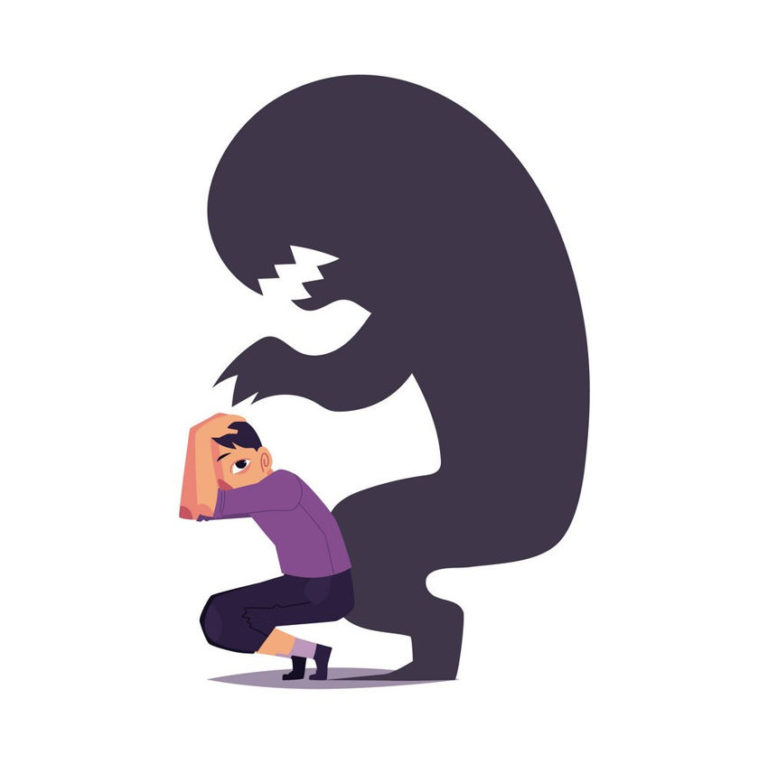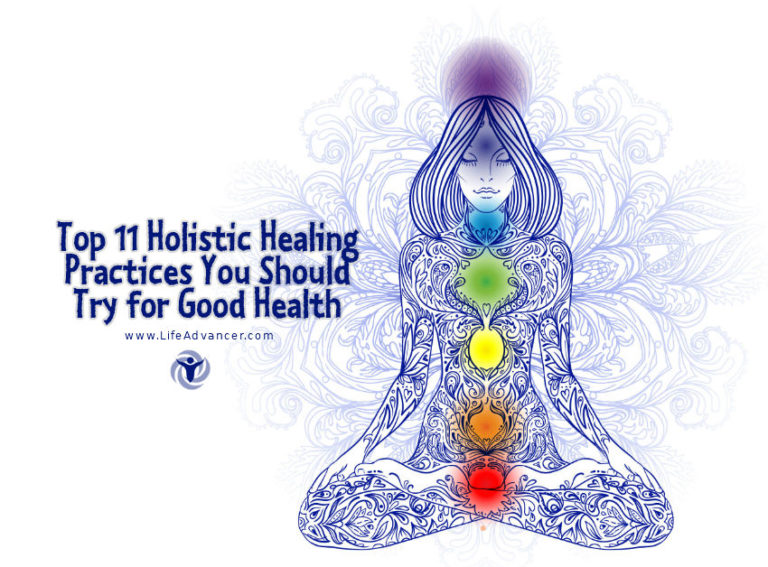Yoga focuses on the right kind of bodywork that helps get rid of many daily issues. Basic yoga poses can, in fact, bring relief to your health problems.
Stretching, strength, and flexibility focus on relieving your muscles. Breathing reduces stress which can alleviate the pain you experience from too much anxiety in your life. There are basic yoga poses for the most common daily problems that address issues with organs down to emotional problems.
Here are some of the best-known basic yoga poses to help you feel energized, pain-free, and positive.
Yoga for Back Pain
Back pain can occur from past injuries or may develop from sitting at a desk for work. There are many studies that indicate relief from back pain comes from gaining better flexibility through stretching. Strengthening through yoga and working out the spine daily will also assist you with back pain.
Lower back pain can often come from tight hamstrings so you want to make sure to incorporate basic yoga poses that address the acute pain as well as the supporting muscles. Yoga often stretches various muscles at one and improves back function which makes it the best kind of care for back pain.
A study published in the Journal Archives of Internal Medicine said that people who do yoga or stretching are twice as likely to be able to cut back on back pain medications. People are beginning to understand increasingly that they can manage their own pain a lot of the time by giving the back self-care through yoga.
It isn’t recommended to use yoga for severe back pain but will offer relief for those with soreness every occasionally. Postures that lengthen your spine will ease the pain as you stretch and strengthen muscles. This promotes the back to return to its correct alignment.
Basic Yoga Poses for Back Pain
1. Lower Back
Child’s Pose
This gentle pose is great for beginners and quickly calms the mind. The way you fold your body allows an acute and yet subtle stretch on the lower back.
Steps for Child’s Pose:
- While sitting on your heels on your mat, bend forward and stretch your arms out in front of you.
- Then bring your torso and head to the mat.
- Breath into your lower back and feel the gentle stretch. Then release.
Pigeon Pose
Pigeon pose is a great way to relieve back pain that is being caused by tight hips. When you sit at a desk all day, you tend to tighten in the hips. This pose is a deep stretch for your hips which takes the pressure off the lower back.
Steps for Pigeon Pose:
- Start on your hands and knees.
- Bring the right knee forward and place it behind your right wrist.
- Put the ankle somewhere in front of your left hip. The more parallel your lower leg is with the front of the mat, the deeper the stretch will be.
- Slide the left leg back and align the knee with your hips as you point your toes.
- Ensure the leg is behind your body as opposed to drawing them outwards. The heel should point up to the ceiling.
- Draw legs towards each other to keep the hips square.
- Lower your upper down and keep your hips level. This may require a rolled-up towel or bolster.
- For a deeper stretch, lift your upper body and come up on your fingertips. Open the chest.
- To come out of the basic pose, push back through your hands and lift the hips, move the leg back into all fours.
2. Upper Back
Snake Pose
Snake pose works in many ways to help with upper back pain as well as the lower back, your glutes, ankles, and feet. Opening up your chest allows you to counteract sitting at a desk typing over a keyboard.
You also realign your shoulders and shoulder blades which could be putting pressure on your back.
Steps for Snake Pose:
- Lie down on the mat face down. Your feet should be hip-width apart with arms by your sides, palms facing up.
- Interlace hands behind your back.
- Press the top of your feet into the mat as you inhale and lift your chest.
- Exhale and draw your shoulders back.
- To avoid compressing the back of your neck, look down at the mat.
- Hold the pose for 5-10 deep breaths through your nose.
3. The Whole Back
Downward-Facing Dog
A downward-facing dog is a quick fix for those with slumping backs from being hunched over for most of the day. This pose fixes plenty of ailments from chakra cleansing to internal organ cleansing but also can help the upper and lower back at the same time.
A downward-facing dog also stretches out the side body, shoulders, legs, ankles, and feet. If you do it enough, it can also help promote better posture so you can prevent back pain.
Steps to do Downward Facing Dog:
- Start on your hands and knees, spreading your palms wide with shoulders stacked over your wrists.
- Knees should be hip-distance apart.
- Curl the toes under and walk the palms just in front of your shoulders.
- Ground down into the palms and raise your knees off the mat as you shift your stomach towards your thighs.
- Lift hips up high and try to straighten your legs without locking your knees.
- Reach the heels towards the mat and “walk the dog” if you need to help your legs stretch.
- Hold this pose for 5-10 deep breaths.
Yoga for Anxiety
Stress and anxiety are a huge part of many lives. When you consider that 50% of adults in the U.S. use some form of anxiety or depression medication, it’s clearly pointing to an epidemic.
Yoga is capable of diminishing the stress that causes chronic anxiety. You not only alleviate the stress of the day with basic yoga poses but you also change the mind so it can cope with immediate stress as it comes to you. Yoga helps lower blood pressure and heart rate through controlled breathing and physical poses.
Basic Yoga Poses for Anxiety
Bridge Pose
Bridge pose is considered a heart opener pose which gives you plenty of space for breathing deeply. Yogic breathing can greatly reduce anxiety, especially when you focus on breathing all the way into the belly.
Backbends can also release emotions that allow you to let go of some of the tension that may be causing anxiety.
The mild inversion bridge pose causes switches up the blood flow which causes a calming feeling while stimulating the Parasympathetic Nervous System.
Steps for Bridge Pose:
- Lie on your back on the floor and bend your knees, setting your feet on the floor as close to the sitting bones as possible.
- Press the inside of your feet and arms onto the floor and push the tailbone towards the pubis.
- Lift your buttocks off the floor and keep thighs and inner feet parallel.
- Tuck your shoulders under your body and clasp your hands below your pelvis.
- Keep your knees directly over the heels and push them forward away from the hips.
- Lengthen the tailbone towards the back of the knees and lift your pubis toward your belly button.
- It’s good to stay in the pose for 30 seconds to a minute. Roll your spine slowly back down onto the floor one vertebrae at a time.
Basic Yoga Poses for Digestive Problems
Digestive problems can come from food your body doesn’t agree with as well as serious conditions. Yoga has been known to prevent symptoms of Inflammatory Bowel Disease as well as the common indigestion issues that happen from time to time.
With deep breathing and stretching the abdominal organs, you can move stuck intestinal toxins. With this, you can relieve digestive discomfort such as gas and bloating. When you have better digestion, you will also have increased energy.
Cat-Cow
Cat-Cow pose offers a variety of benefits to your body as it allows you to curve your body in both directions. You get a full-body stretch and heal many of the mental or physical ailments that are plaguing you. One of these health issues is digestion problems.
As you go through this pose, you will massage your organs while compressing and lengthening the intestines. This brings fresh blood to epithelial cells which promote healthy digestion. You will also be stretching your spine which stretches out your whole back and shoulders.
- Start on your hands and knees.
- Bring hands beneath your shoulders with knees behind your hips.
- Inhale as you drop your belly down and lift your heart and hips to the ceiling. (Cow Pose)
- On your exhale, round your upper back towards the sky as you drop your eyes to your navel.
- Press your hands into the earth (Cat Pose)





Just what I need
Yoga has many benefits; it allows your muscles and joints a comforting point. In case you do not know how to do it correctly then you should never try it. By this way it can harm your joints. Even if they have defined it wonderfully you should not try because there is a huge difference between reading something and doing it practically. That’s why as a beginner you should ask an expert yoga master for practical training.